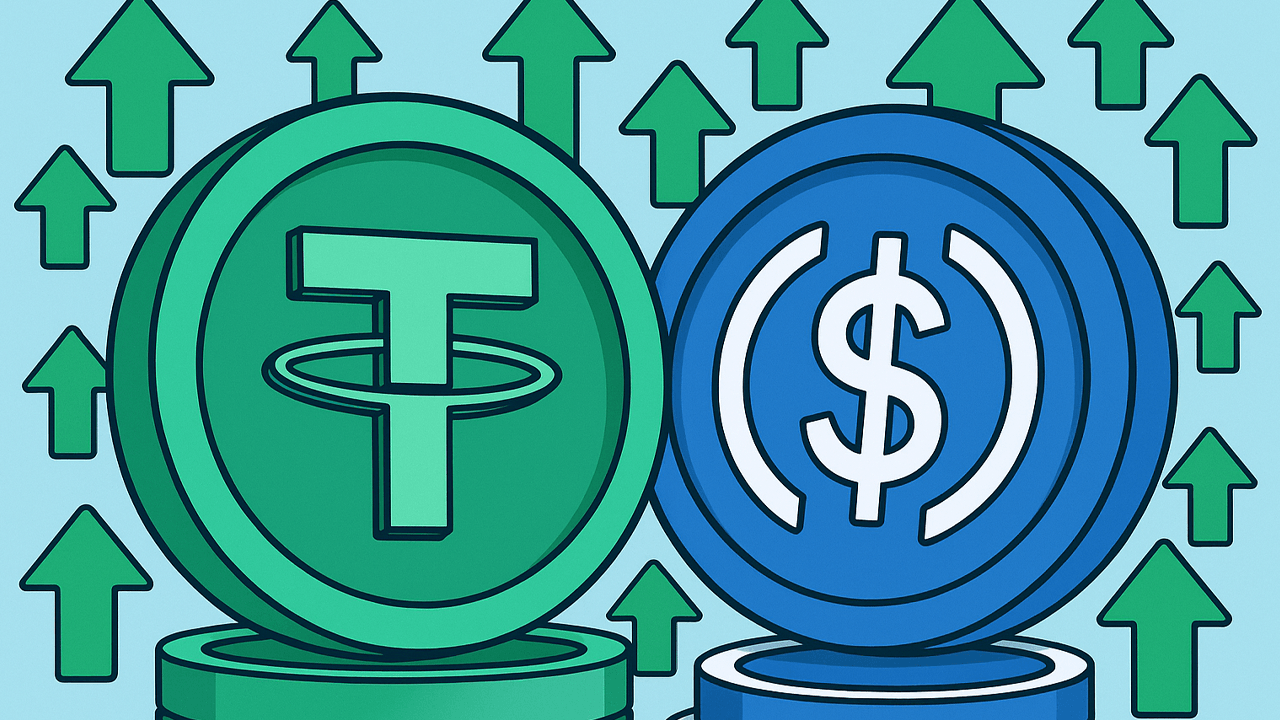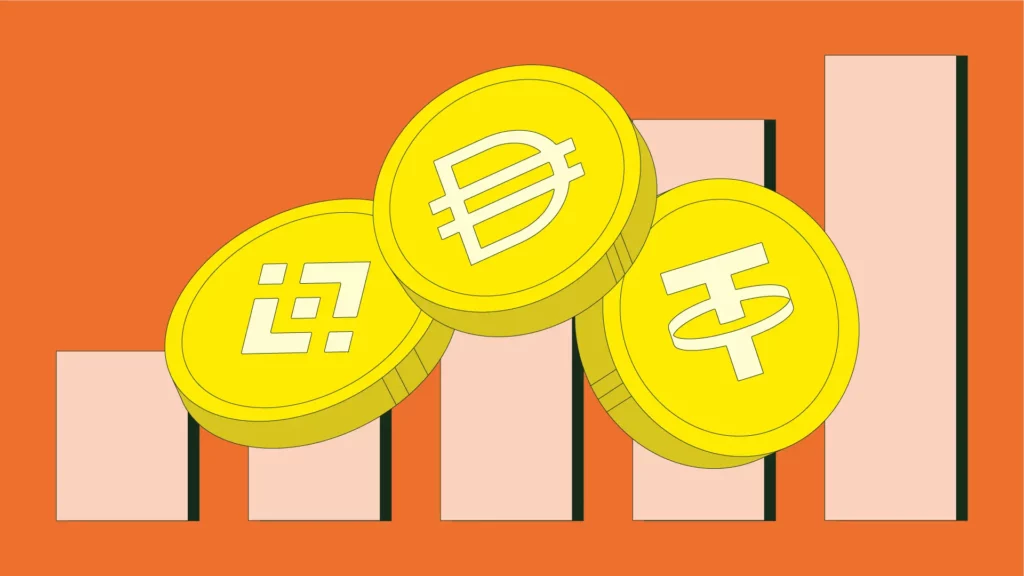Web3 gaming has opened up entirely new models for monetization. But with opportunity comes complexity—especially when it comes to payments. One rising Web3 game studio discovered this firsthand. They had built a beautifully immersive play-to-own experience, complete with tradable in-game assets, NFTs, and a thriving community.
But something wasn’t clicking.
Despite strong engagement and active players, in-game purchases weren’t scaling. Their marketplace showed plenty of interest—just not enough actual transactions. Many players simply didn’t have the USDC required to buy skins, weapons, or land. Others gave up trying to figure out how to move funds from exchanges into a wallet.
That changed after the game integrated TransFi.
The Challenge: Players Without Crypto = Lost Revenue
The game had a built-in store where users could buy tokenized in-game items. Everything was priced in USDC to keep things stable and predictable. But most players were not seasoned crypto users.
They didn’t have USDC.
They didn’t want to go through centralized exchanges.
And they definitely didn’t want to leave the game just to buy tokens elsewhere.
That created a major drop-off in the user journey—from intent to purchase. The studio needed a way for players to buy USDC directly inside the game, using familiar local payment methods like bank transfers, UPI, or e-wallets.
That’s where TransFi came in.
The Solution: Embedded Fiat-to-Stablecoin On-Ramp with TransFi
By integrating TransFi’s fiat-to-crypto API, the studio gave players a simple option: top up USDC directly from inside the game.
Players could now:
- Select an item to purchas
- Choose “Buy USDC with local payment”
- Complete quick KYC (if required)
- Pay with local methods—like bank transfer or mobile money
- Instantly receive USDC in their connected wallet
- Complete the purchase on the spot
No more jumping to exchanges. No more asking for MetaMask tutorials. Just one smooth in-game experience powered by TransFi.
Integration Highlights
- Plug-and-play API setup with minimal dev time
- No need for the game to handle custody or compliance
- Local fiat support in key markets like India, Brazil, Vietnam, and Indonesia
- Direct delivery of USDC to the player’s wallet
- KYC handled via TransFi’s hosted flow
The game team focused on design and UX. TransFi handled everything else under the hood.
The Results: More Players Buying, More Revenue Earned
Within the first few weeks of going live with TransFi, the game saw a significant shift:
- A 3.1x increase in successful in-game purchases
- Higher conversion from first-time users to paying players
- More player activity in previously low-activity regions
- Smoother onboarding for mobile players unfamiliar with crypto
Stablecoins made purchases more consistent. TransFi made stablecoins more accessible.
By keeping players inside the game and offering familiar payment methods, the studio removed the biggest friction in its monetization funnel.
Why USDC Was the Right Fit
The studio chose USDC for one simple reason—it’s stable, trusted, and easy to integrate. Unlike volatile tokens, it didn’t confuse or scare off new users. With TransFi, the game could support USDC purchases in multiple regions without needing local banking partners or regulatory licenses.
Stablecoin pricing + local fiat access = a win for both players and the game economy.
Expanding to NFTs and Marketplace Sales
With the success of basic in-game item sales, the studio is now rolling out TransFi integration to its NFT marketplace. Players will soon be able to purchase rare characters, weapons, or digital land directly using local currency converted to USDC in real time.
This creates a more open and inclusive game economy—no matter where a player is located or how much crypto knowledge they have.
Also read: Libya’s Payment Rails & How They Work – Challenges in Banking, Mobile Money & Card Payments
Final Thoughts
Payments shouldn’t get in the way of great gameplay. For Web3 games, that means bridging the gap between fiat and crypto. With TransFi, this game studio did just that—and saw real results in both revenue and retention.
For any Web3 game looking to boost monetization without sacrificing UX, TransFi is proving to be more than just an on-ramp—it’s a growth lever.
FAQ
1. How does TransFi help Web3 games increase in-game purchases?
TransFi lets players buy stablecoins like USDC using local payment methods—directly inside the game—reducing drop-offs and making purchases easier.
2. Do players need to leave the game to buy crypto?
No. With TransFi’s embedded flow, users can purchase stablecoins within the game using bank transfers, e-wallets, or cards.
3. What currencies does TransFi support?
TransFi supports fiat-to-stablecoin conversion in key markets including India, Brazil, Vietnam, Mexico, Indonesia, and more.
4. Is TransFi secure and compliant?
Yes. TransFi handles KYC, compliance, and fund flow securely. Games don’t need to manage any regulatory or custody risk.
5. Can this be used for NFT marketplaces too?
Absolutely. Many platforms use TransFi to let users buy USDC or USDT for purchasing NFTs and other digital assets.
Table of Contents
Suggested Article
Explore our products

Make global payments at the speed of a click

Accept payments, remove borders.

Unlock Seamless Digital Currency Transactions Anywhere








.png)














